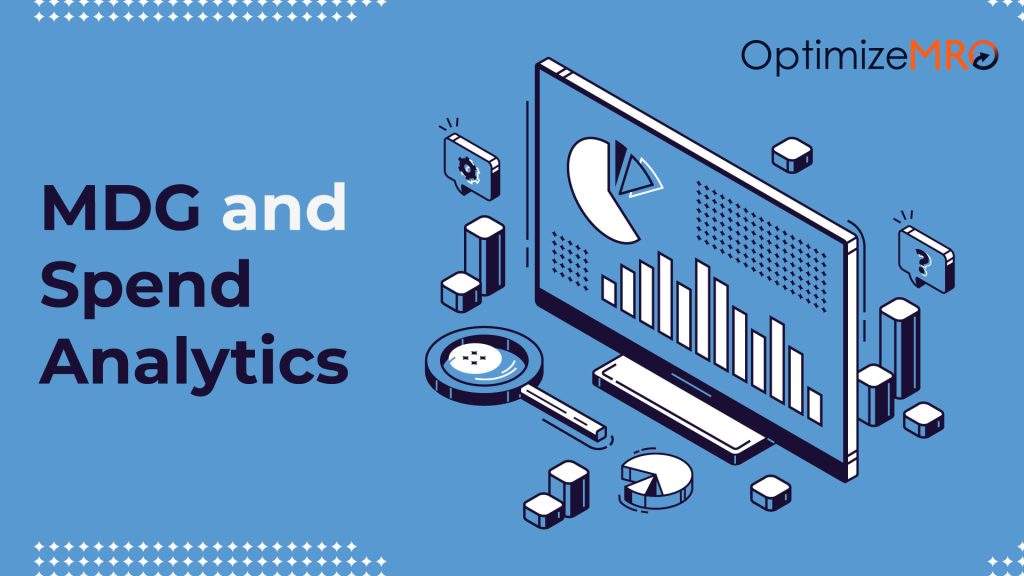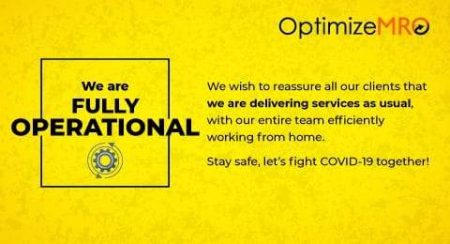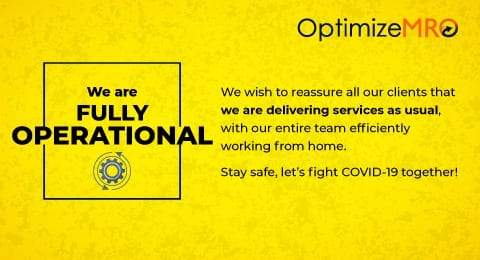
An effective MRO data quality program requires a multi-faceted approach that involves technology, skills, and processes. It also facilitates smooth relationships between various functions such as supply chain, inventory, plant operations and all its stakeholders. Ultimately, the MRO Master Data Governance Program aims to provide organizations with a single, accurate, and consistent source of data.
A successful data management strategy for an asset intensive organization includes continuous monitoring and governance of MRO master data.
MRO Master Data Management (MDM) and Data Governance (MDG)
Master Data Management along with Data Governance encompasses the activities necessary to ensure that data are accurate, controlled, and accessible by the relevant parties.
A well-organized MRO Master Data supported by a robust data governance model and platform will help to achieve accurate spend analytics and spend management. The benefits of data governance go beyond accurate analytics and greater compliance to include higher data quality, lower data management costs, and enhanced access to the data required by all stakeholders.
It is also critical to consider that Master Data Governance (MDG) programs enable discipline in data management across multiple EAM / CMMS systems and systematize the process of adding data records, updating existing records, and purging obsolete records.
Spend Analytics with MDG
The most significant step is to prioritize and support MRO Sourcing and MRO Inventory Management with increased focus on analyzing spend patterns and reducing the total cost of ownership (TCO). The effective use of spend analytics can help companies make better purchasing decisions and manage supplier relationships.
It is difficult for organizations to perform effective cost analyses due to the lack of quality MRO data. MRO Data governance will ensure that new parts added to the inventory adhere to standard data taxonomy. This will help ensure consistency in the classification of commodities / MRO materials / spare parts and provides insights into commodity wise spend patterns, procurement costs, vendor rationalization, as well as provide better negotiation capabilities for the organization. An accurate classification of data is crucial to ensuring.
Key phases to Implement Effective Data Governance?
Top 5 benefits of MRO Data Governance
A data governance program is critical for organizations to achieve Spend Intelligence. The integration of MRO Master Data into procurement requires the extension of data governance models to ensure that suppliers’ metadata, taxonomies, and hierarchies are effectively managed, while synchronizing information from various sources.
Supplier data and vendor master management is not just about the technology, but about domain expertise and availability of resources. Data changes and the constant flow of updated information require it. Refreshing data quarterly or monthly is not enough to keep up with all the data entering the systems. Further, they do not provide real-time access and visibility to enhanced supplier data to provide more accurate information for decision-making. Identify opportunities to improve your MRO Master Data Management by talking to our Data Governance and Spend Analytics specialists.


